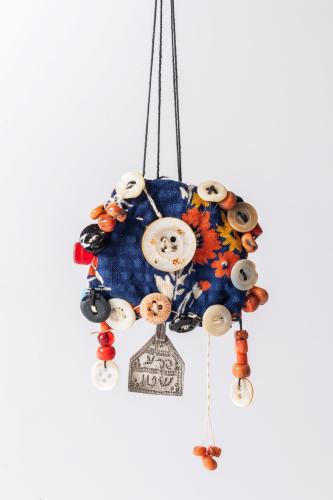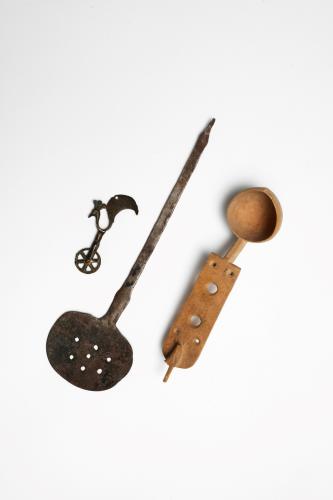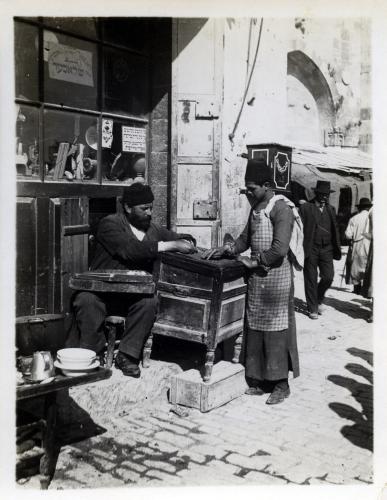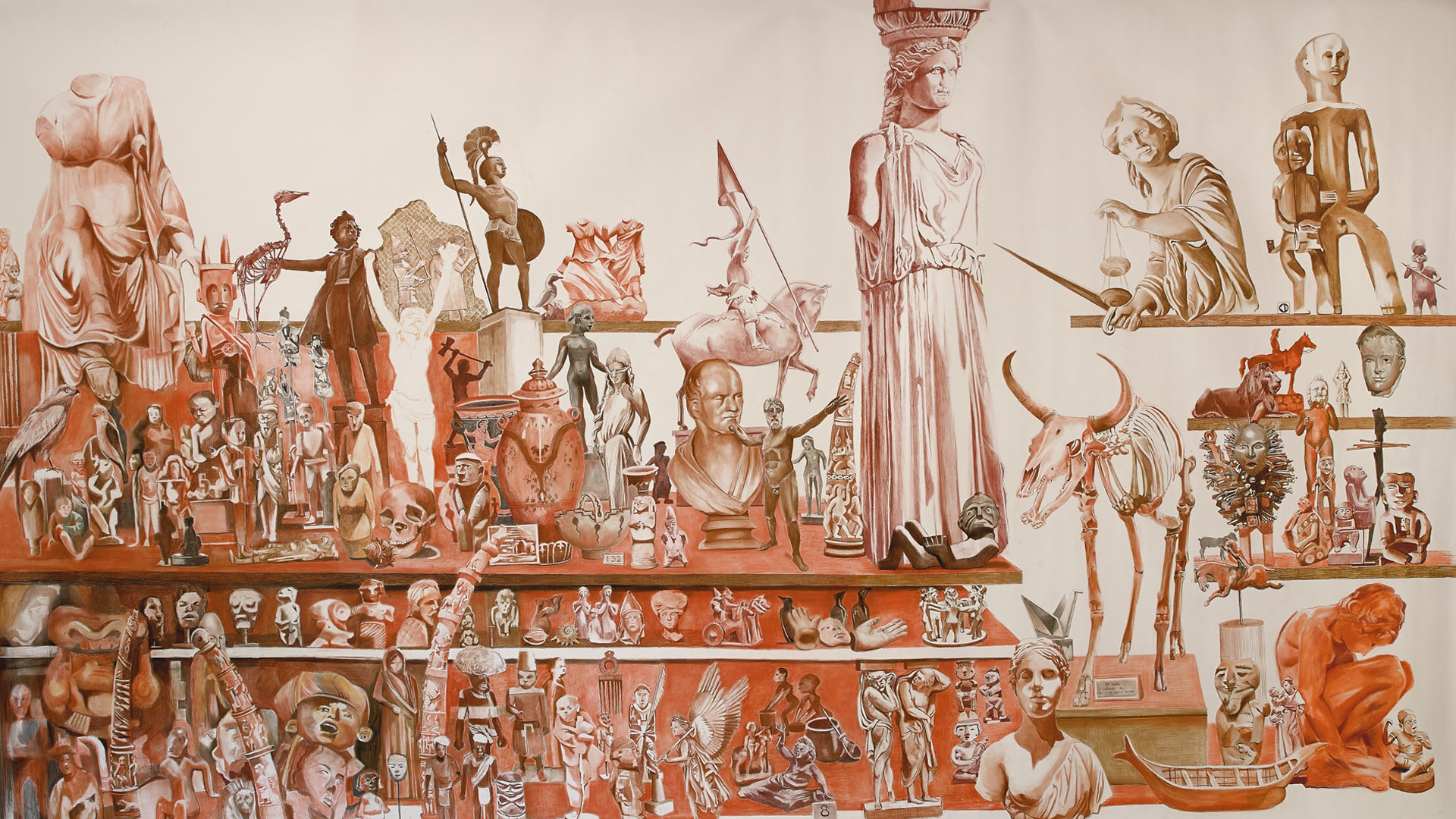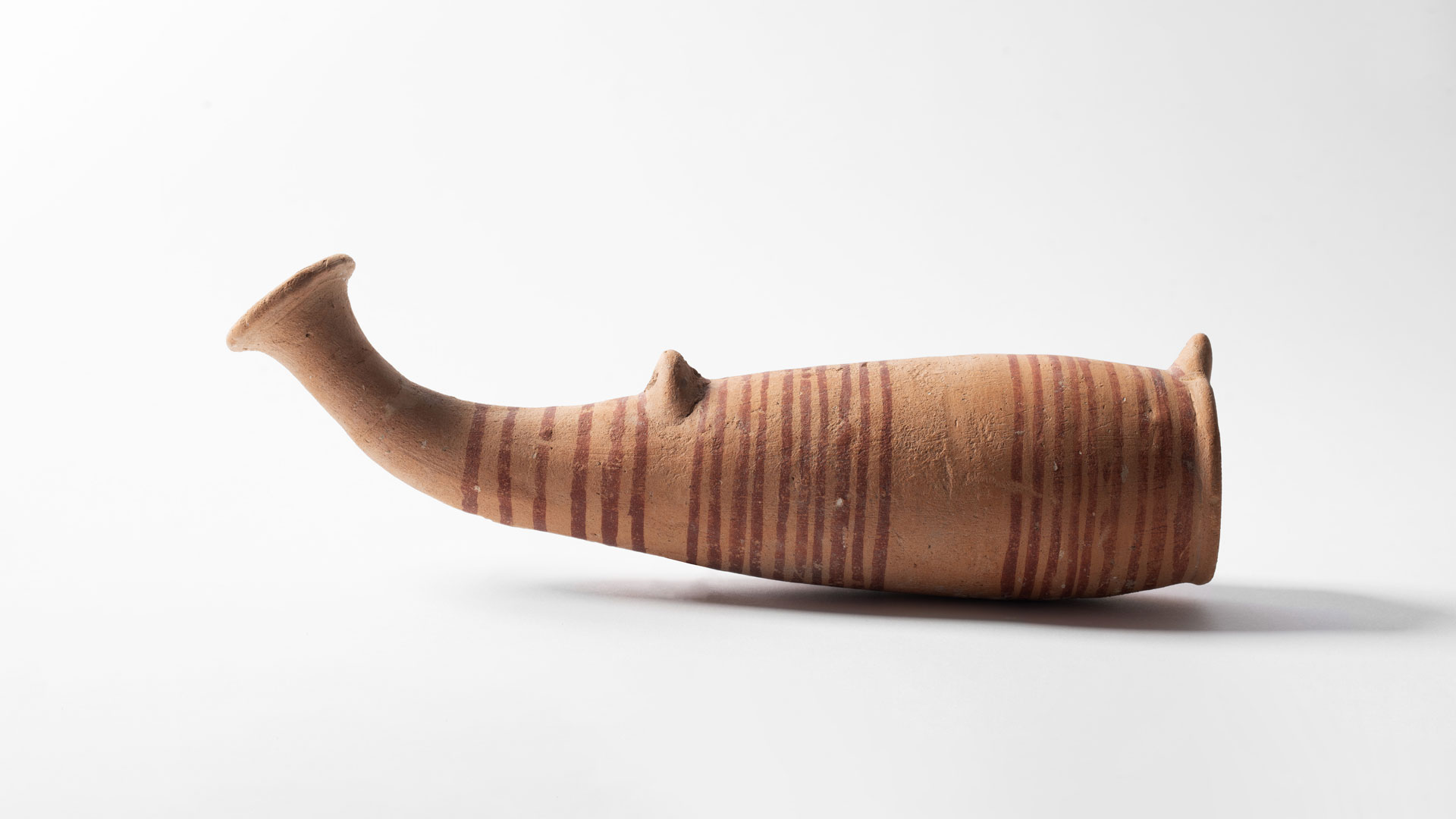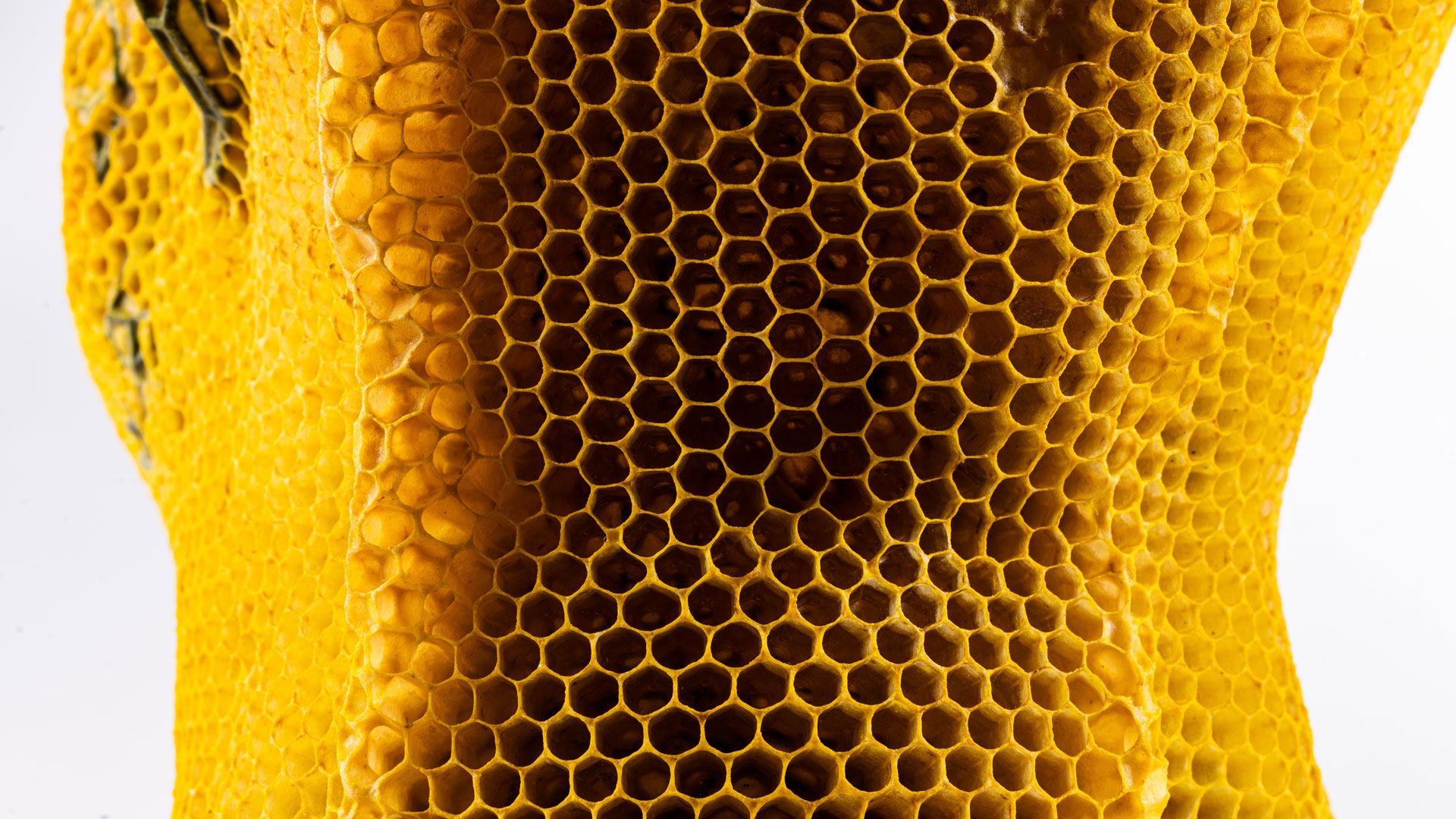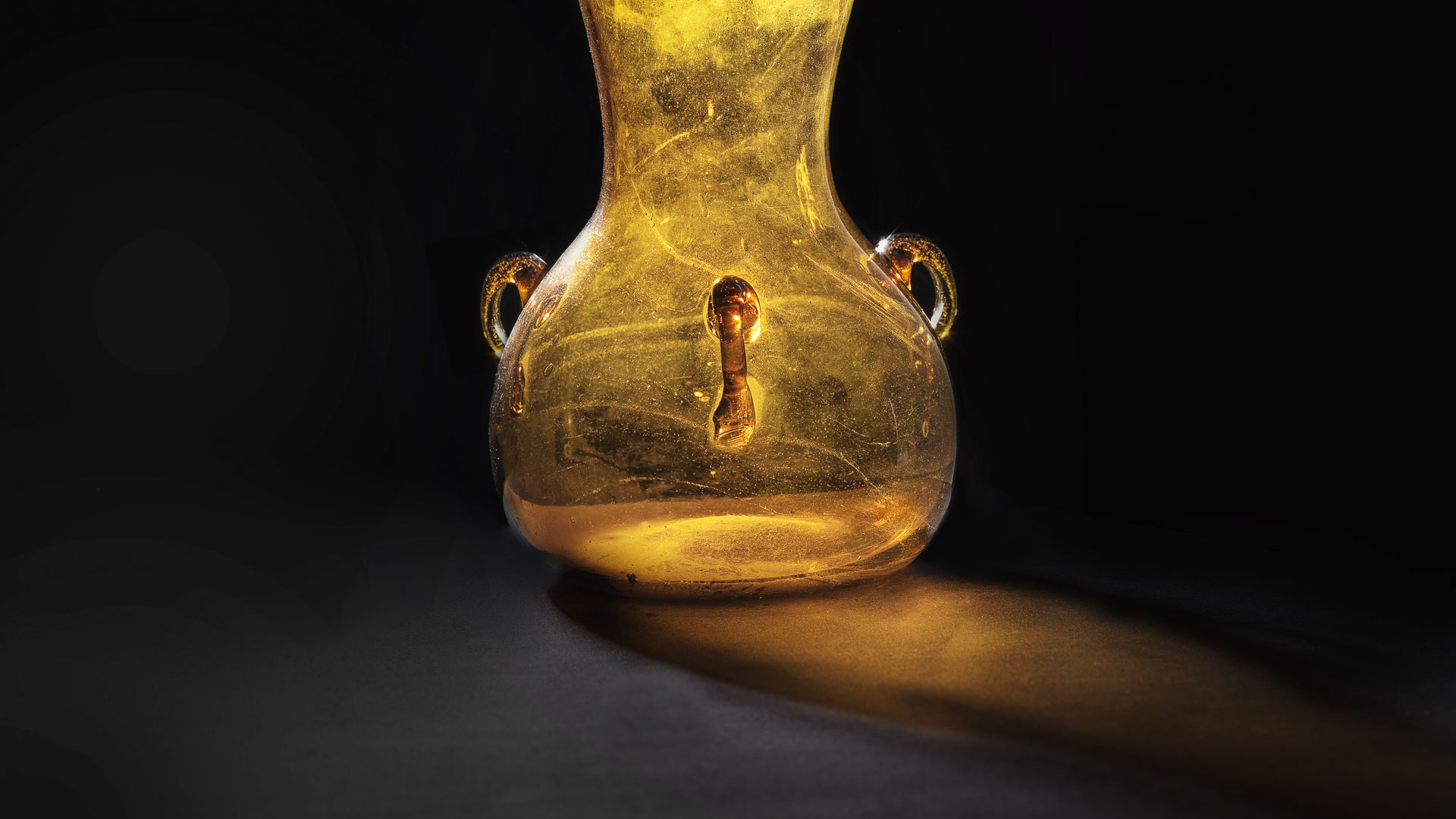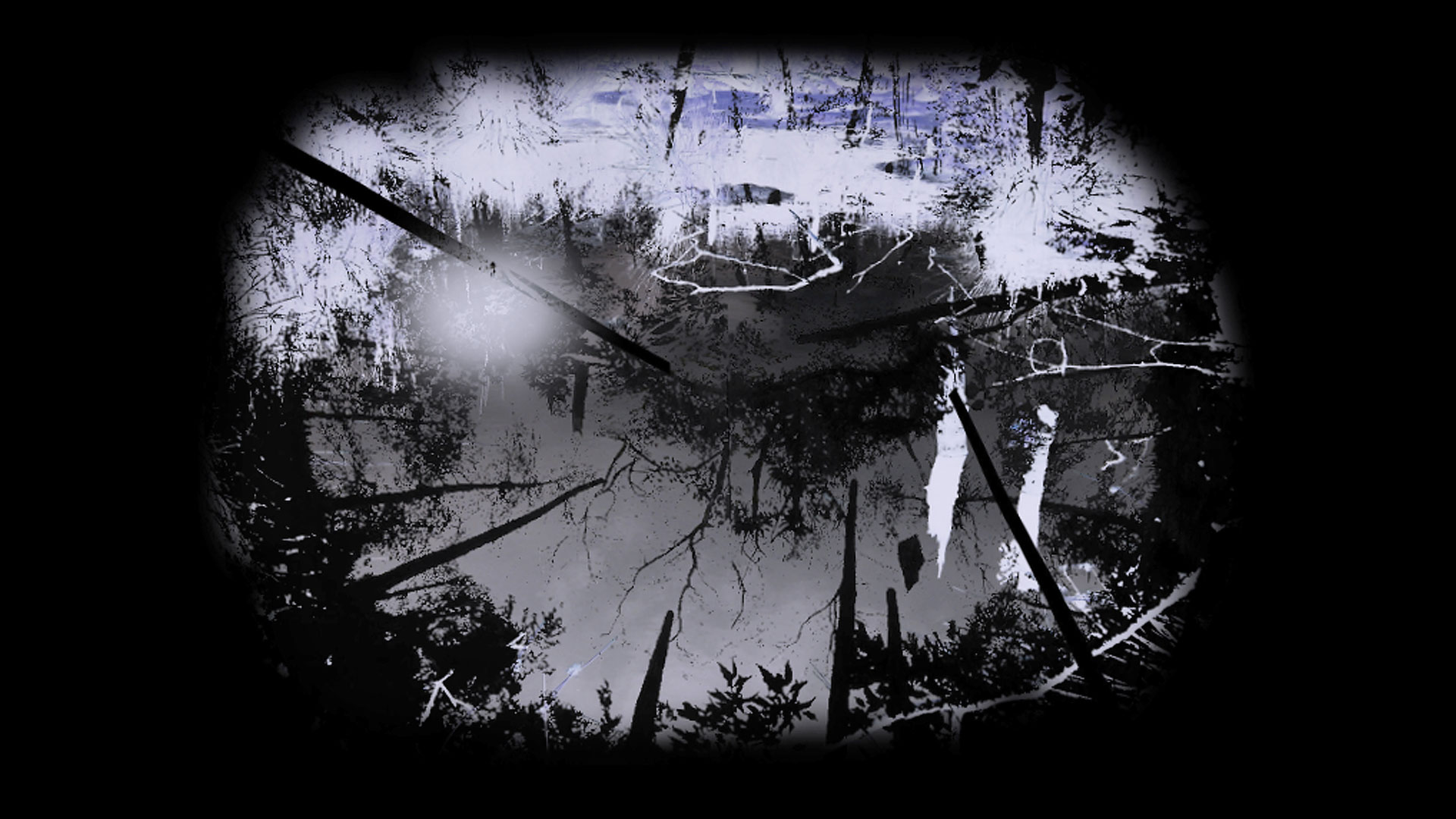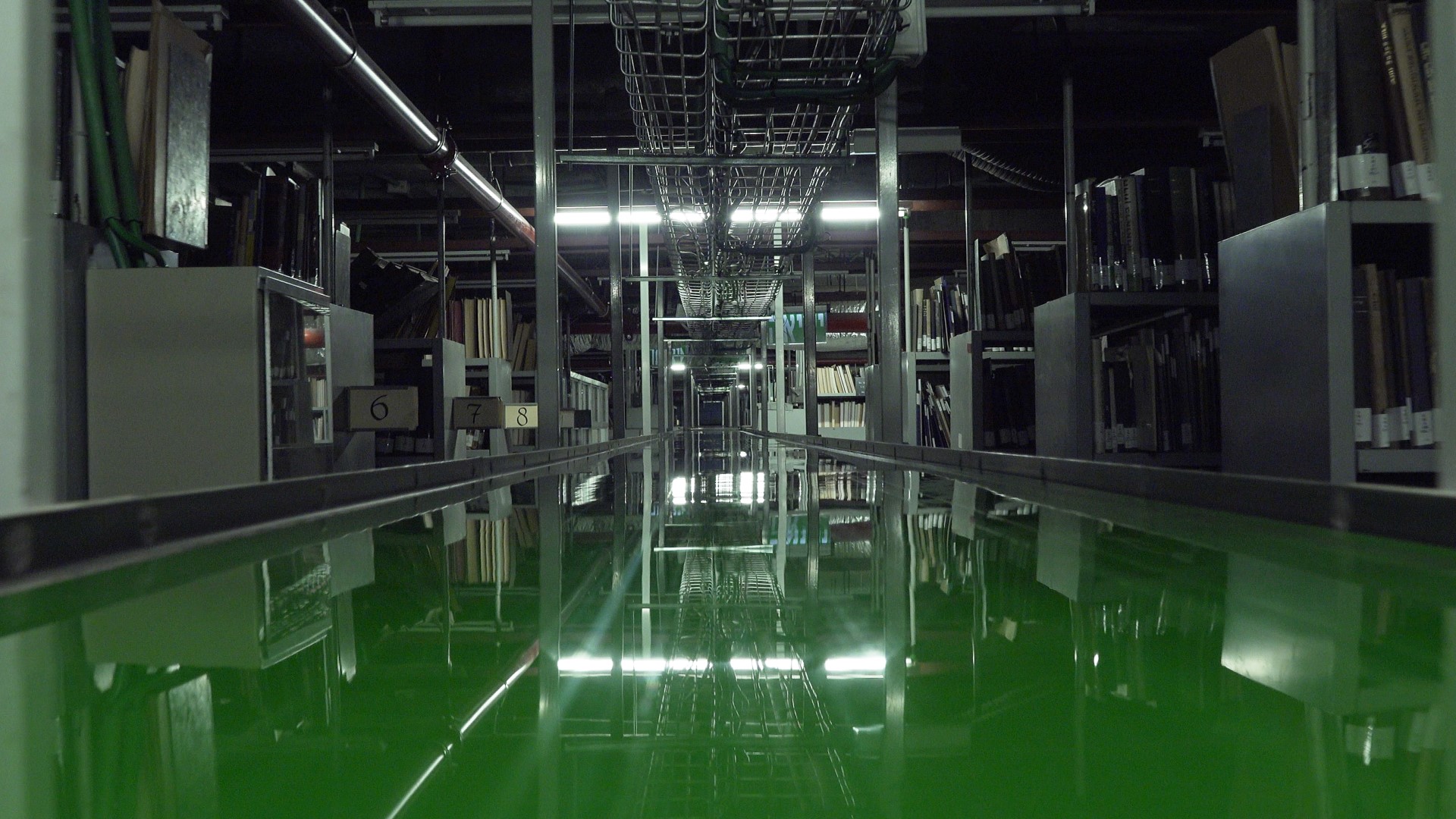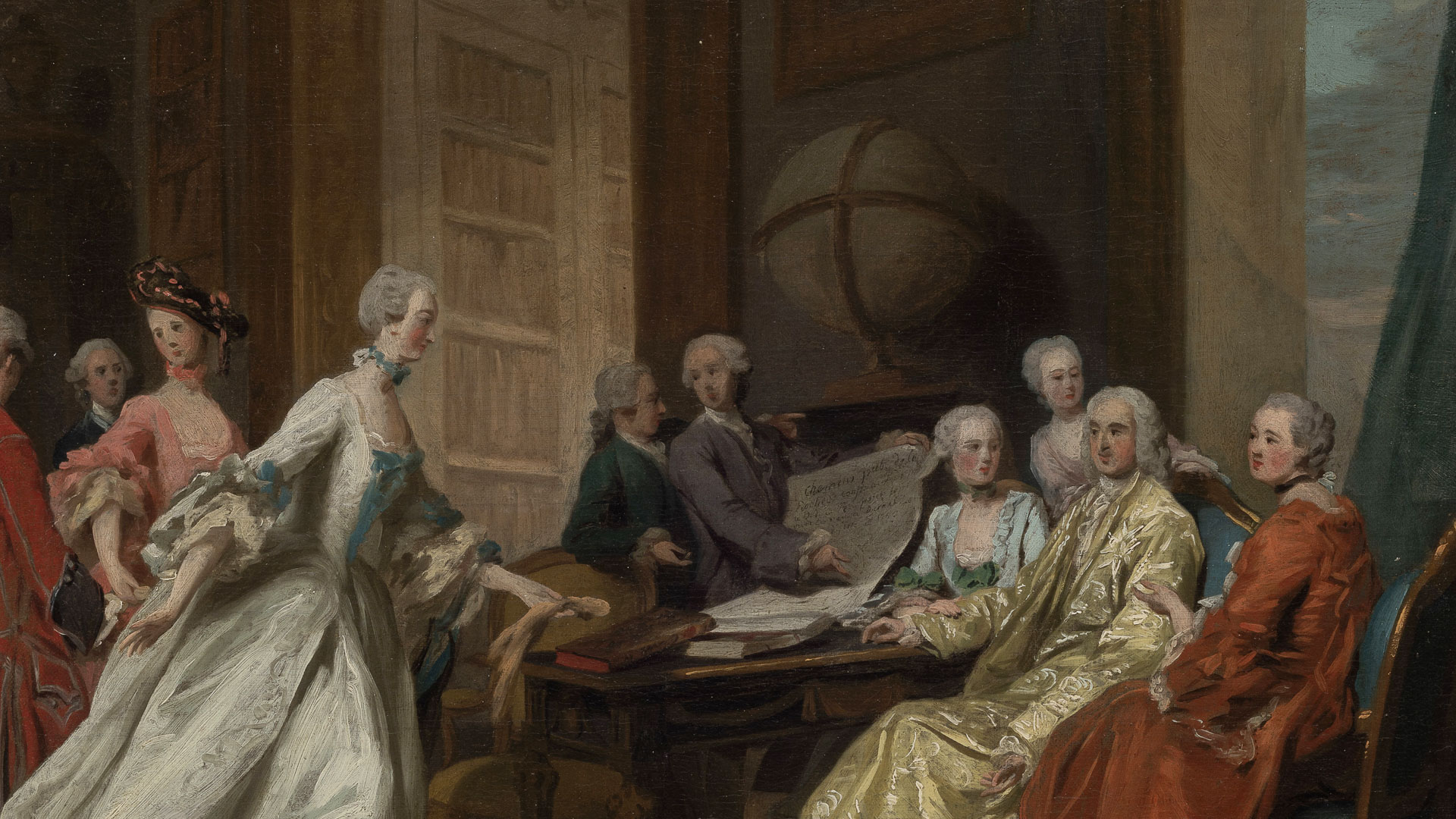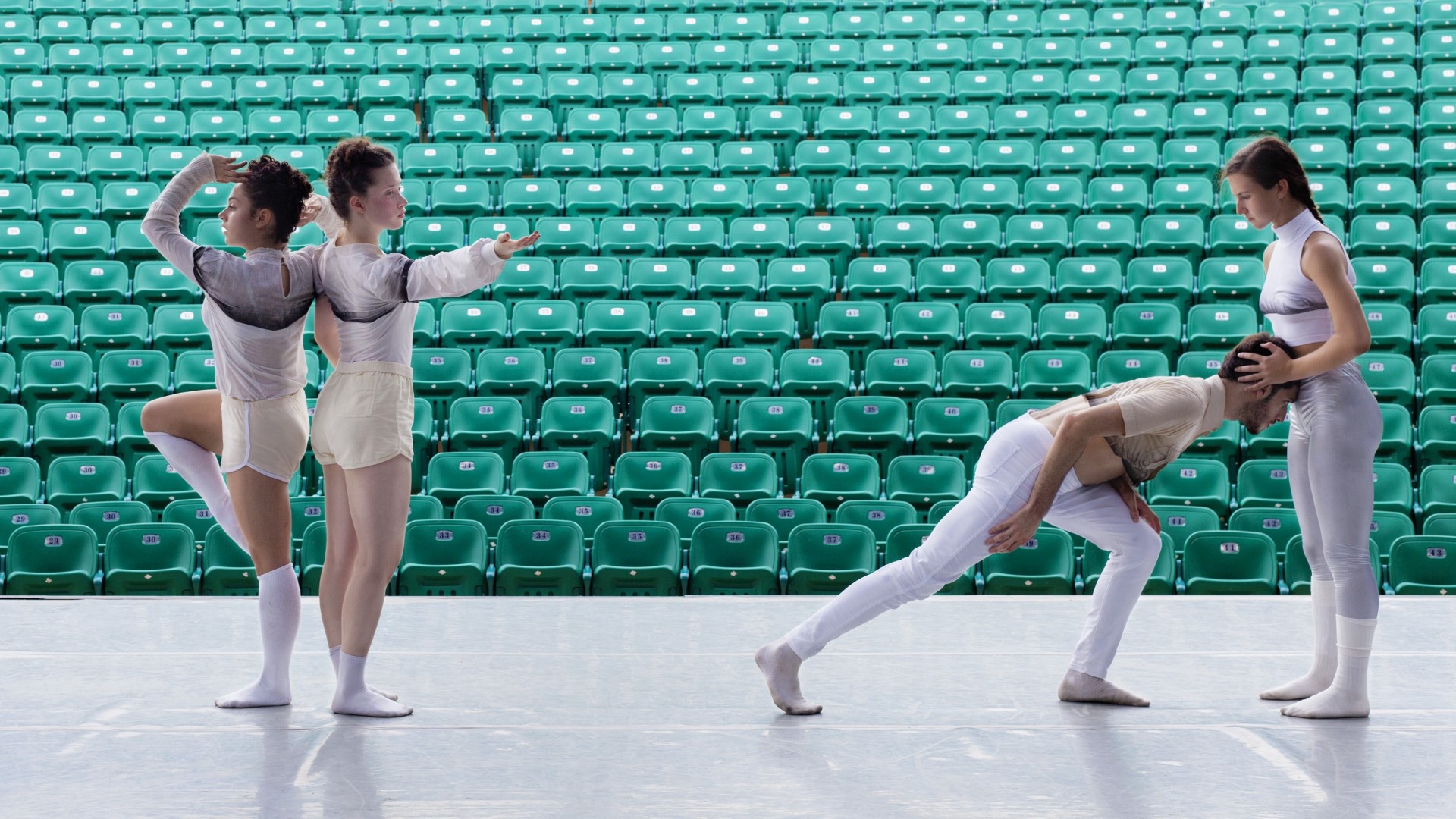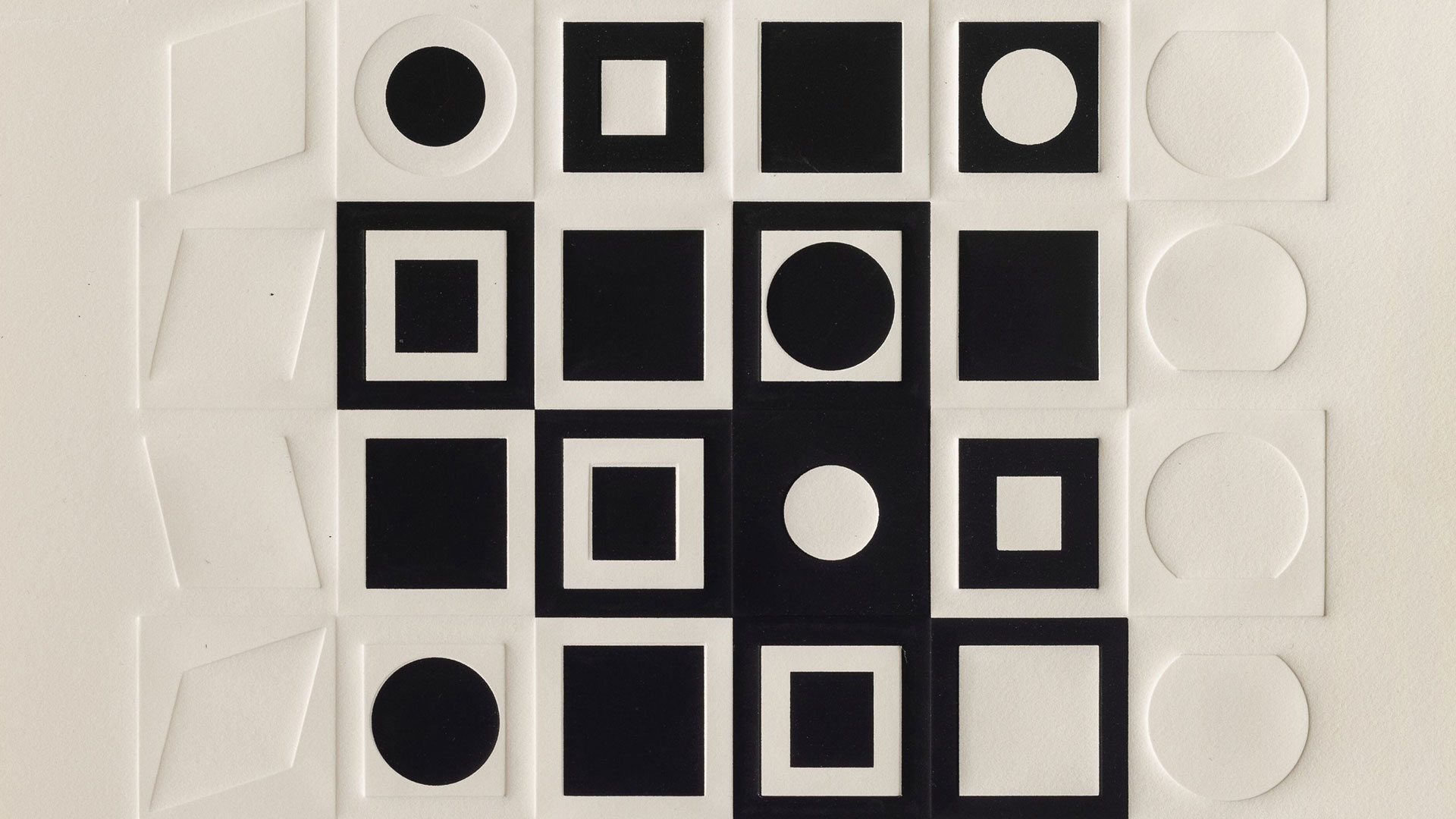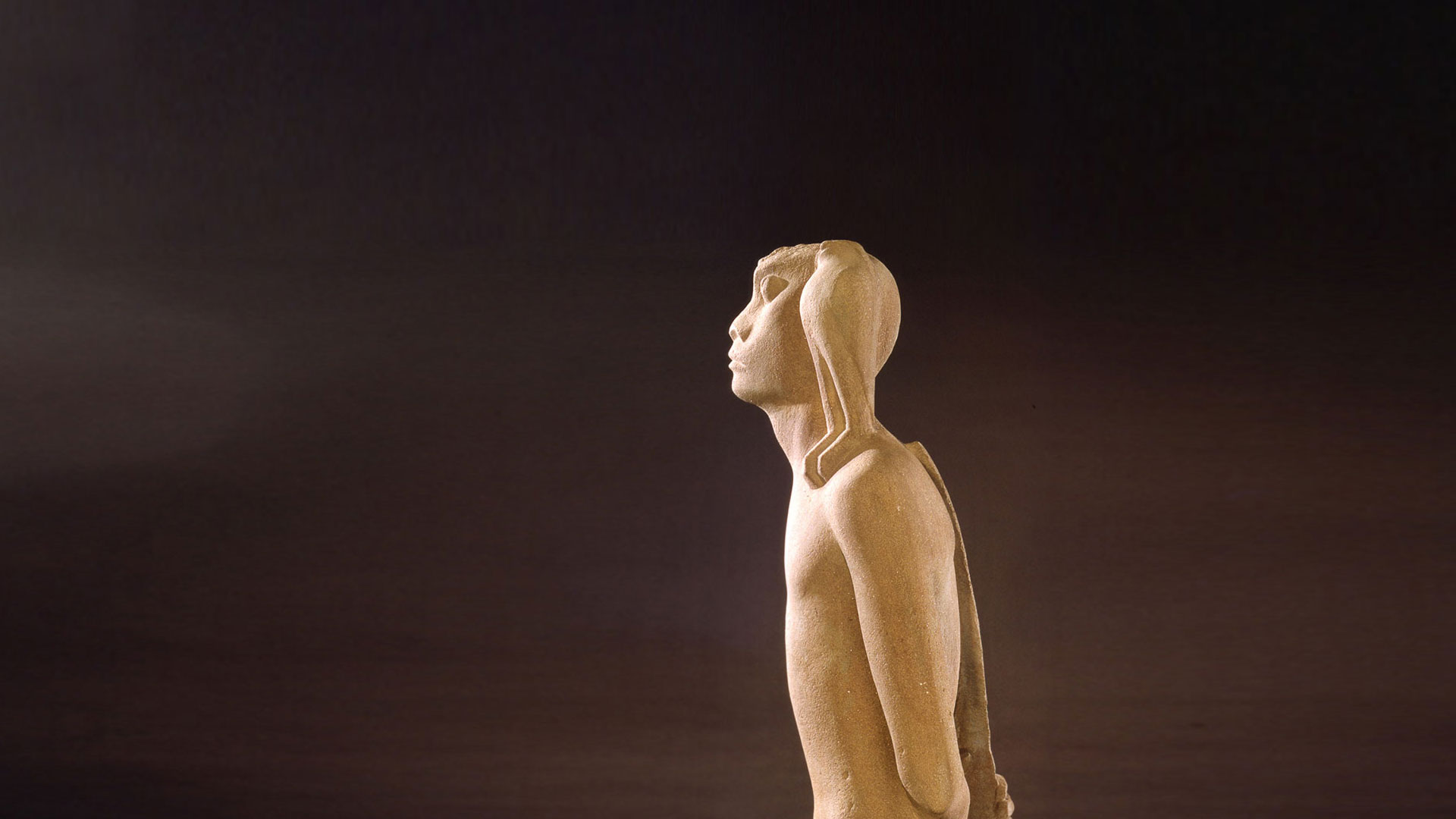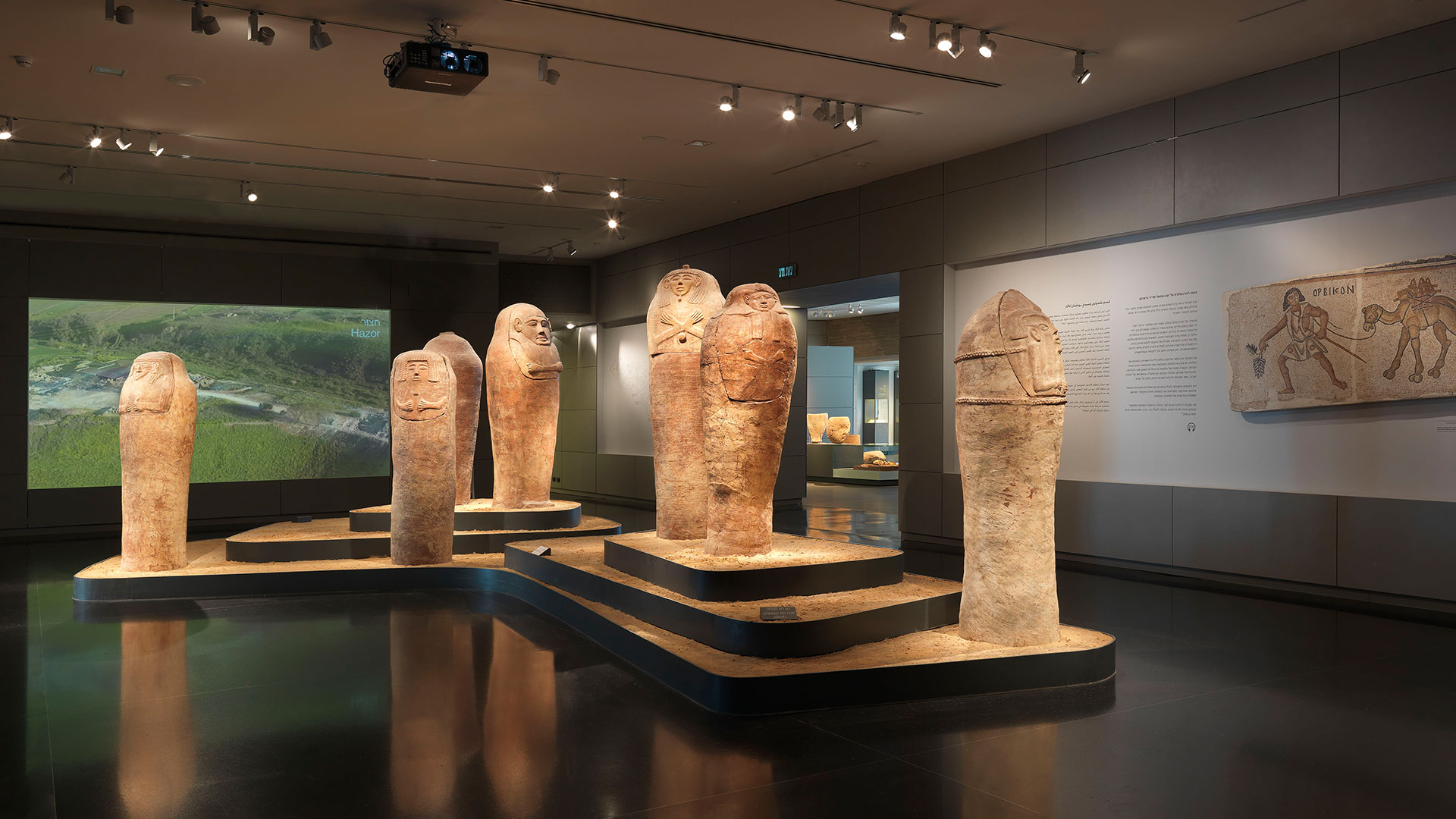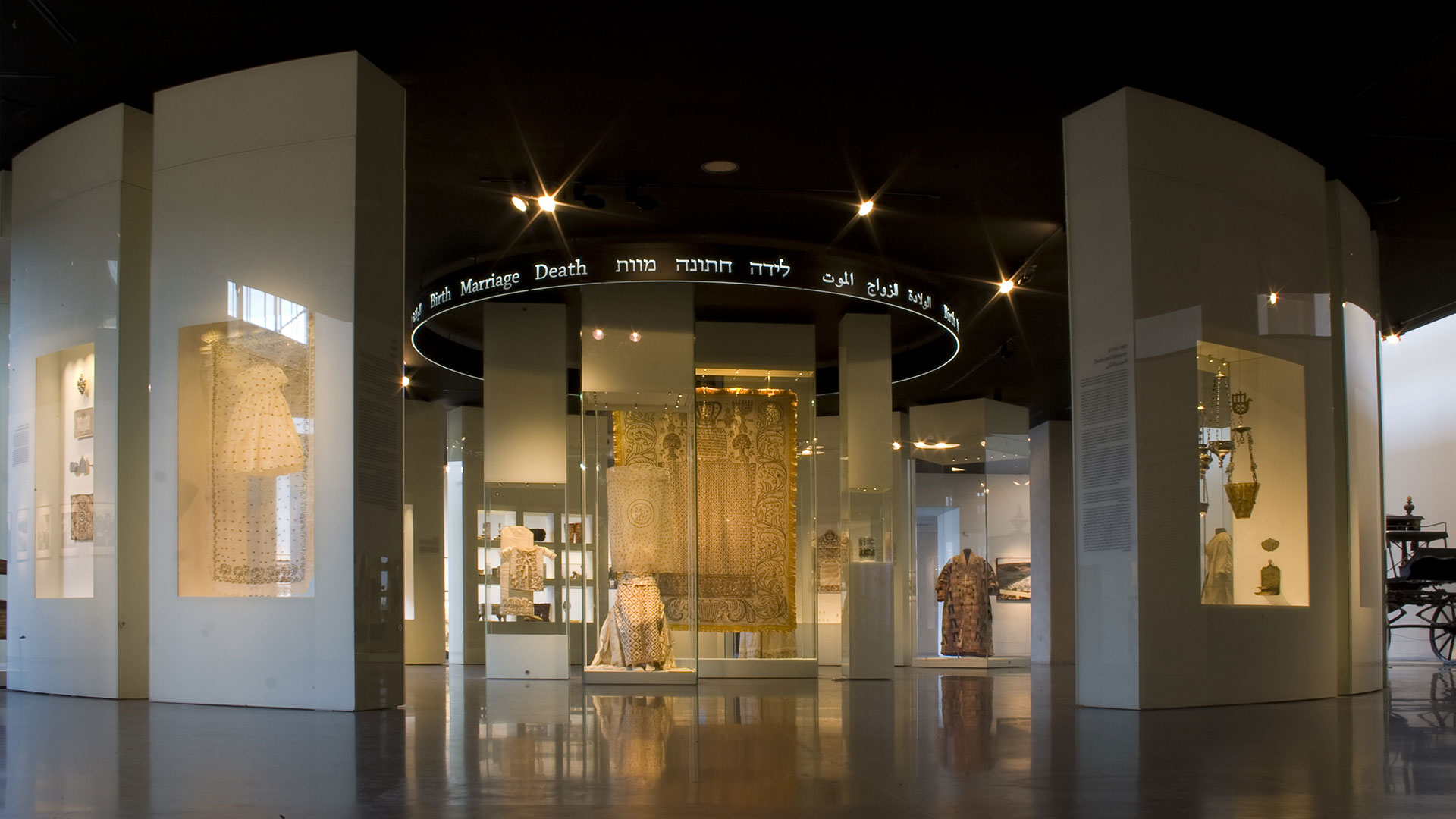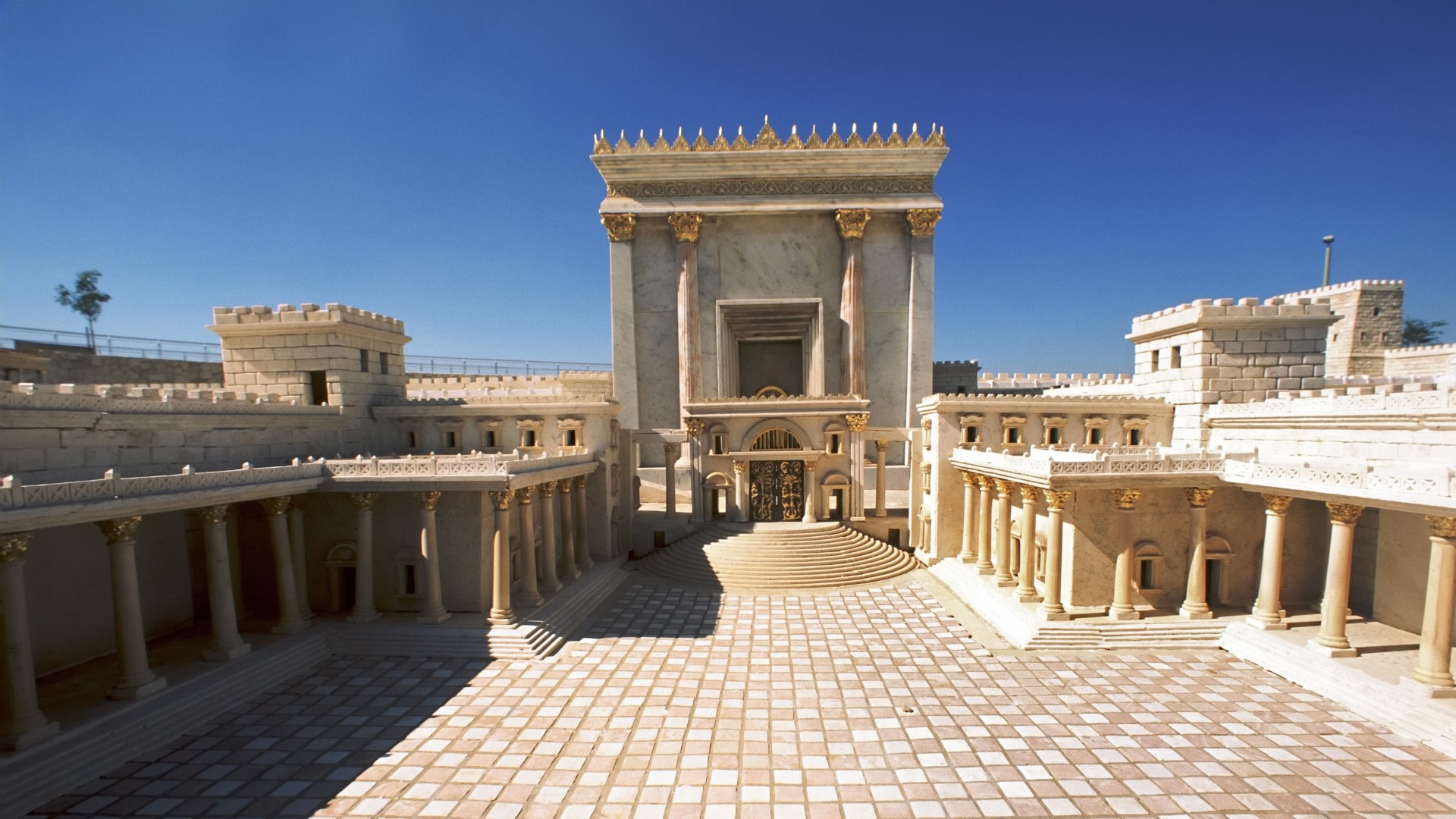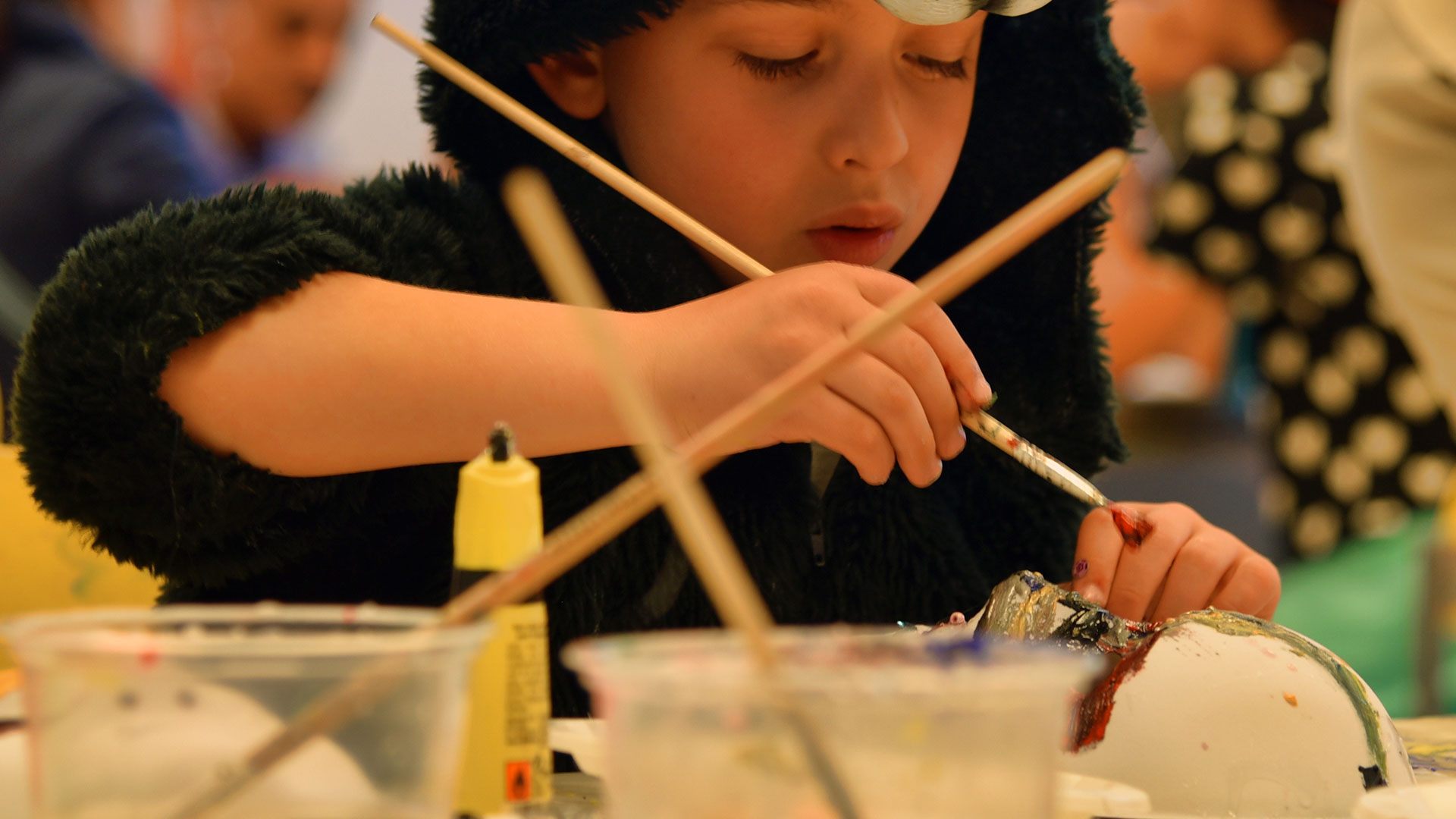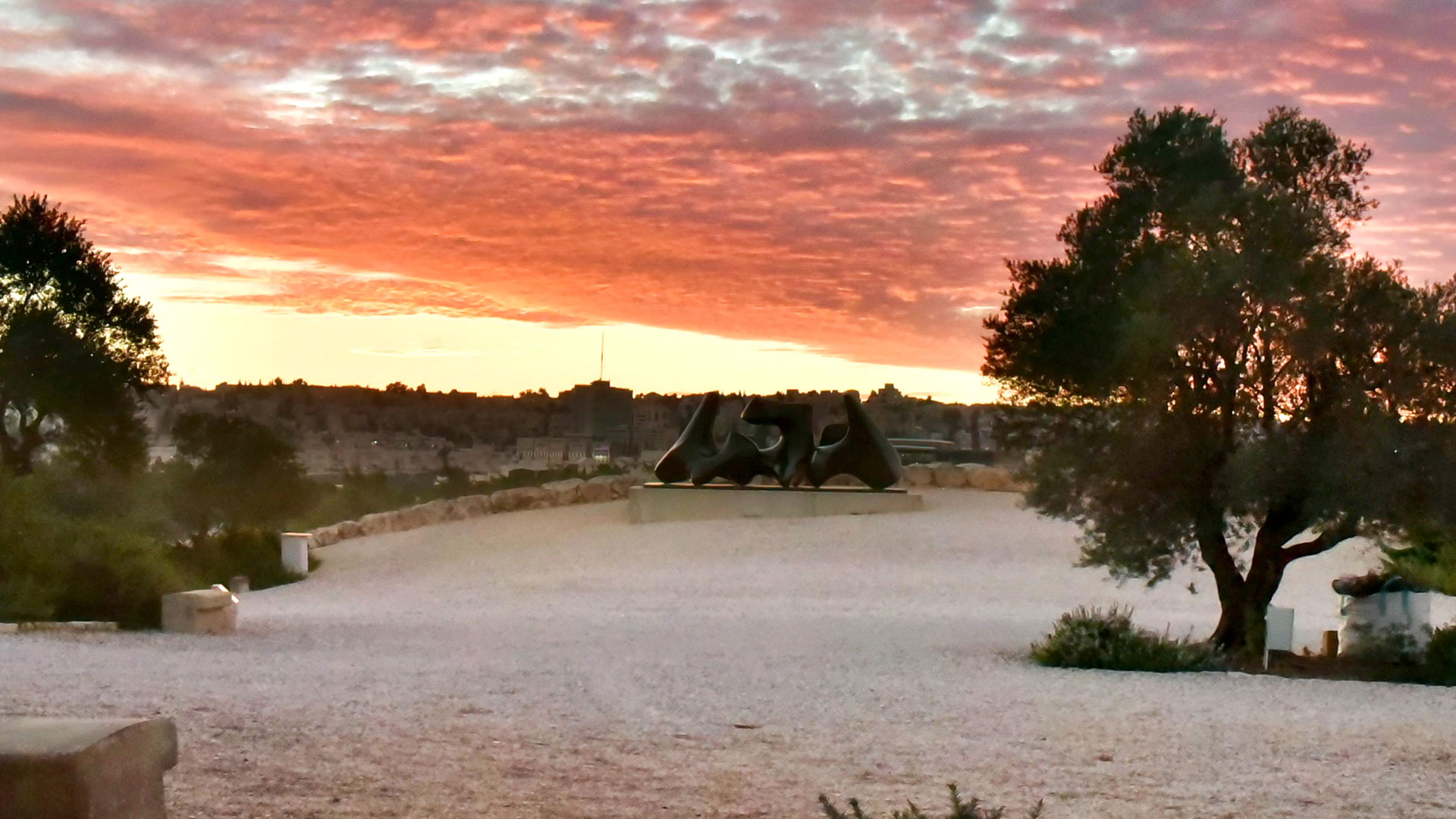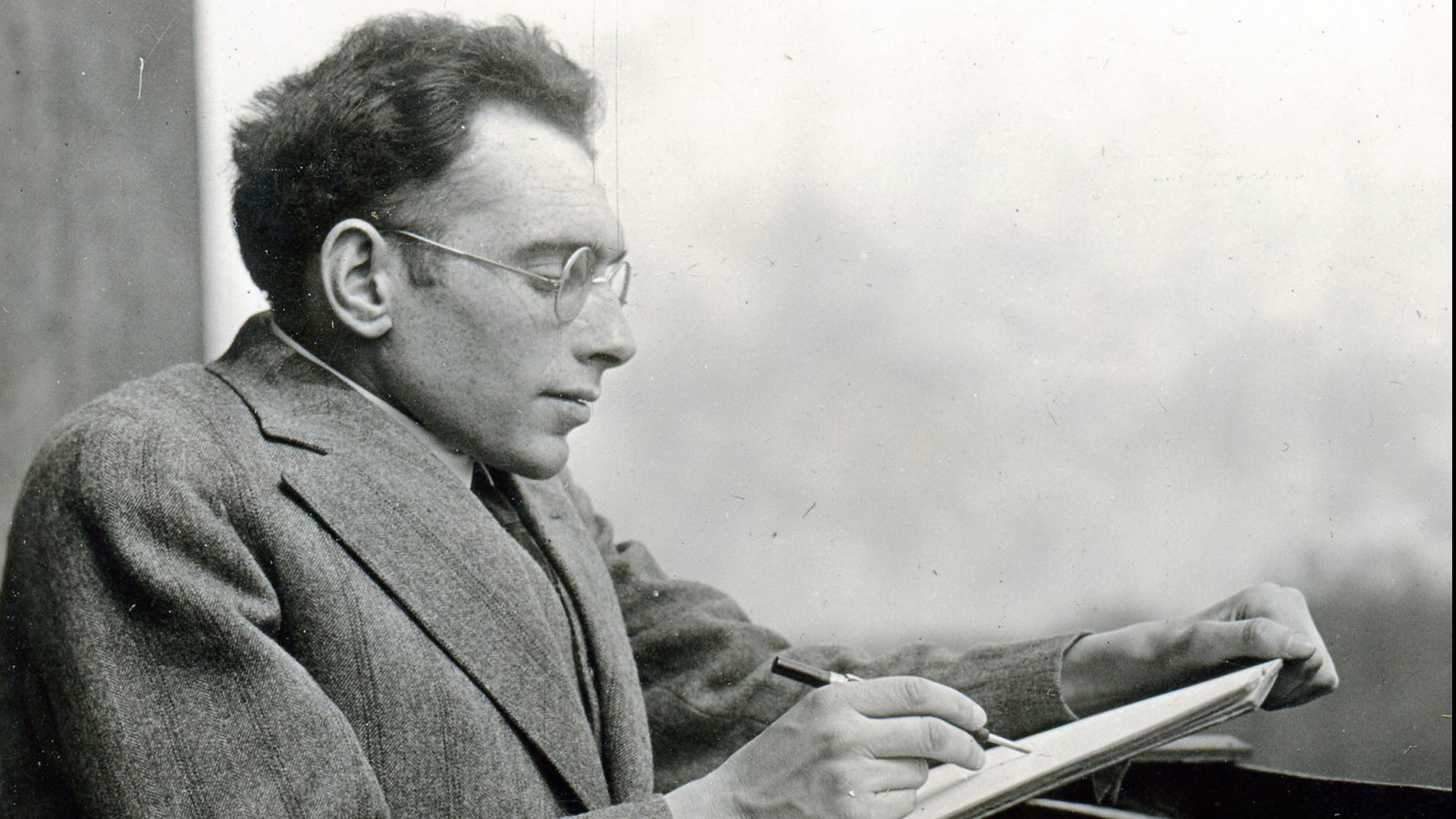
An Inquiring Mind
Erich Brauer, Ethnographer of the Eastern Jews
-
April 12 2024
Curator: Revital Hovav
Designer: Eyal Rozen
-
Design Pavilion
Jewish-German Zionist anthropologist Erich Brauer was passionate about the study of the “living people,” that is – the daily life of Jewish communities. He dedicated most of his life to the realization of this goal. Brauer's endeavors in the land of Israel in the 1920s and 1930s were concentrated mainly in Jerusalem, working with Jewish immigrants from Yemen and Kurdistan. This exhibition seeks to trace the portrait of Brauer as a scholar now gaining renewed attention as a pioneer of ethnographic research in Israel, and presents, for the first time, some of his prolific, yet unpublished output.
Brauer first arrived in Jerusalem in 1925, carrying two “suitcases”: his physical suitcase contained part of his object collection and scientific archive (now preserved in the Israel Museum) and manifested his identity as an immigrant traveling back and forth between Germany and the land of Israel, his life marked by a sense of alienation and impermanence. His other “suitcase” was intellectual – the fruit of his education in German universities in the early twentieth century, which he sought to apply to the diverse population of Eastern Jews living in Jerusalem.
Brauer held a comprehensive view of the “science of Man,” integrating the physical, social, and cultural aspects of human existence. He enlisted all of his many talents to promote his research: as an ethnographer, Brauer collected and documented objects with a skilled and professional eye; as an artistic personality, he drew, painted, and photographed his objects of study. The exhibition goes behind the scenes of Brauer’s work, exploring the instruments he employed for research, his methods of object collection, and the obstacles he encountered. It also sheds light on those who remain unmentioned in his books: the individuals who supplied him with information, the names and faces that constituted the “living people.”
The exhibition is accompanied by a bilingual (Hebrew/English) catalogue
Exhibition made possible by
Catalogue made possible by
The Joseph Alexander Foundation, New York
- Jul 05Jul 06Jul 12Jul 13Jul 19Jul 20Jul 26Jul 27
- Jul 01Jul 04Jul 08Jul 11Jul 15Jul 18Jul 22Jul 25Jul 29
- Jul 01Jul 08Jul 15Jul 22Jul 29
- Jul 01Jul 04Jul 08Jul 11Jul 15Jul 18Jul 22Jul 25Jul 29
- Jul 02Jul 02Jul 02Jul 09Jul 09Jul 09Jul 16Jul 16Jul 16Jul 23Jul 23Jul 23Jul 30Jul 30Jul 30
- Jul 02Jul 09Jul 16Jul 23Jul 30
- Jul 30
